Brigandine: The Legend of Runersia is a turn-based tactical strategy game with anime style characters in a fantasy setting. The player will vie for control of a kingdom as one of the built-in factions and attempt to defeat all of the other kingdoms. To do this, the player has several knight leaders, each with varying abilities and summoned creatures can be assigned to these leaders as minions. Both the knights and the summoned minions will level up with experience, gaining increased attributes and abilities. There is also gear and special items that can be acquired during a campaign that can make the knights very powerful late in the game. The game was developed for the Japanese market and all of the voice acting is in Japanese, with subtitling for English and Chinese.
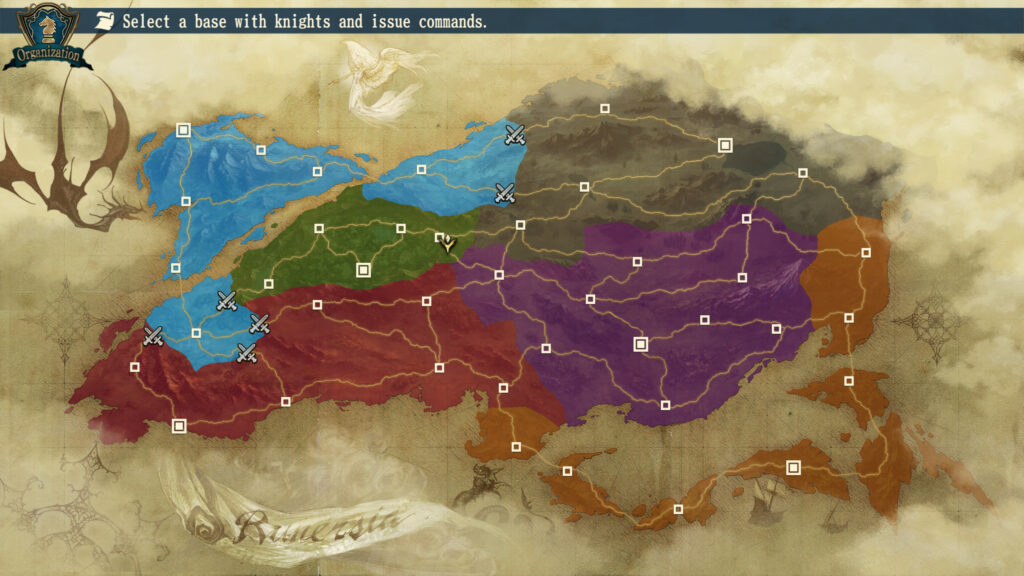
Brigandine is a game developed for console play, so for the PC it has a somewhat fiddly interface. Many of the in-game selection and deselection methods feel awkward and take time to get used to. It feels like there are excessive menus and sub-menus that bury areas of interest in enough levels that overall navigation is initially confusing. Brigandine has the usual sound and graphics settings options, and also controls remapping. The native controls for keyboard and mouse are very awkward, however remapping doesn’t solve most of the awkwardness due to the overall fiddly nature of the entire user interface design.
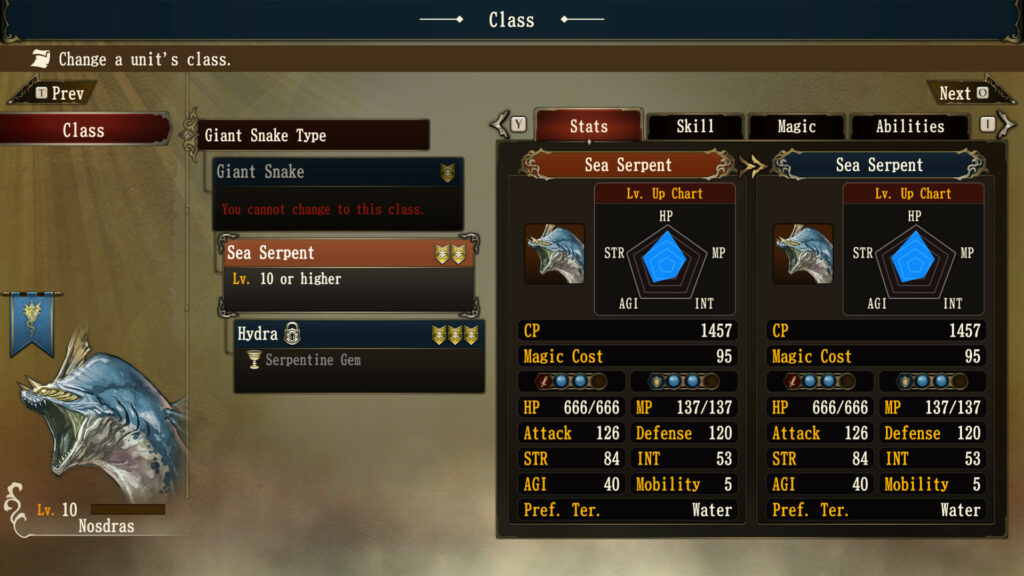
The game play in Brigandine consists of several discrete phases to a single turn (season or year). There is an organization or ‘troop management’ stage that allows the player to summon new creatures and assign or rearrange which creatures are assigned to which knights within a single location. Also, knights along with their minions can be ordered to move to another owned location (essentially a control point). The strategic map is a large number of control points with roads that may lead to several other control points or only two. There is no straying or cutting past roads; an attack launched from one control point to another is made along these fixed paths. After the organization phase, there is an attack phase, which isn’t really an attack, it is an attack planning and ordering phase. This is where the player makes a decision where to attack and with which knights. It is very similar to moving forces during the organization phase, except the player can now move forces onto an enemy control point. The actual fighting comes in during the next phase called an invasion phase.
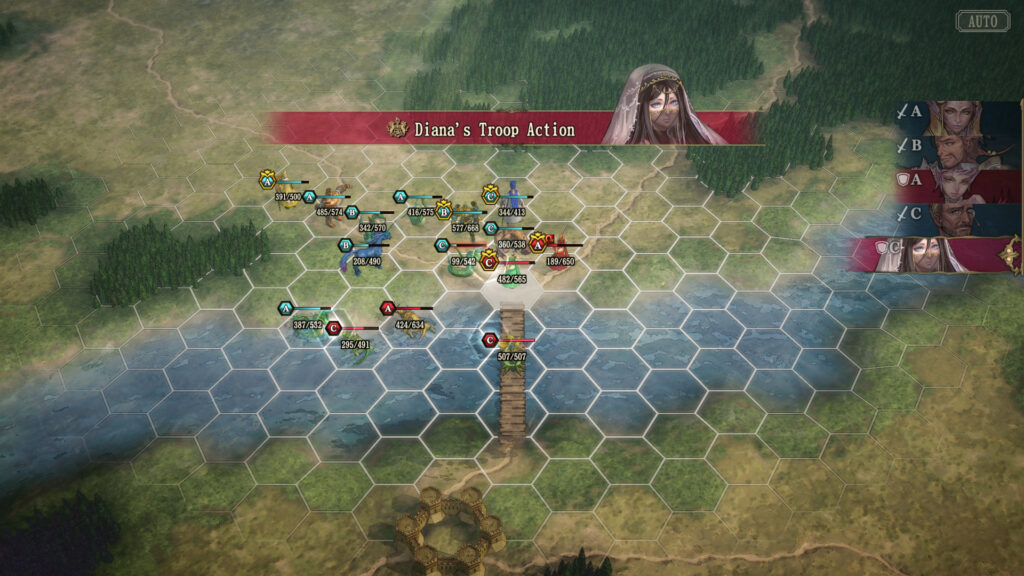
The fighting in Brigandine consists of three spawn-in locations for each side. The player may invade an enemy control point with any number of knights, but only three will be allowed to spawn-in for the actual fighting. The battle is fought by moving each unit in turns and using abilities or attacking enemies. There is a fair bit of strategy in this as the summoned minions all have preferred terrain. So summoned minions that like to be in water, but are fighting from a forest or hill tile are going to take a hit in their ability to do damage. Notably, Brigandine features an auto-battle mode where the AI will move all of the characters in the battle and execute all of the attacks. This can be started and stopped at any time during a battle. There is a fair amount of strategic detail built into the battles; terrain, abilities, morale, area of effect, ranged attacks, debuffs, healing, and mobility lock-down. If a knight on either side is reduced to zero health, they will retreat with whatever is left of their minions. The AI enemy knights may retreat when the battle seems to have become hopeless or their health is very low.

Brigandine has a back story and the developer went to great pains to flesh out different back stories for each of the kingdoms. There is an immense amount of voice acting present. There is so much story that after a short while into the game it feels overwhelming and difficult to follow. Most western players will probably just skip all of this dialog as reading all of the subtitling to understand the story becomes an impediment to actually playing the game. As mentioned earlier there are many menus and sub-menus to navigate; along with this there are many popup screens when summoning a new creature or a creature levels up. These get very repetitive and seem unnecessary. A simple summary without all of the flash and bang would be more appropriate. In the end, Brigandine is a well-made game, although a bit over-engineered in some areas. As a turn-based strategy game, Brigandine has quite a bit of depth and is engaging. For players willing to overlook the fiddly interface and skip the back story, there is a lot of fun; on this basis, Brigandine is recommended.
Purchase Brigandine: The Legend of Runersia on Steam!
Jacmac is an ancient gamer that loves open world, strategy, FPS, and tactical sims, but will play almost anything.

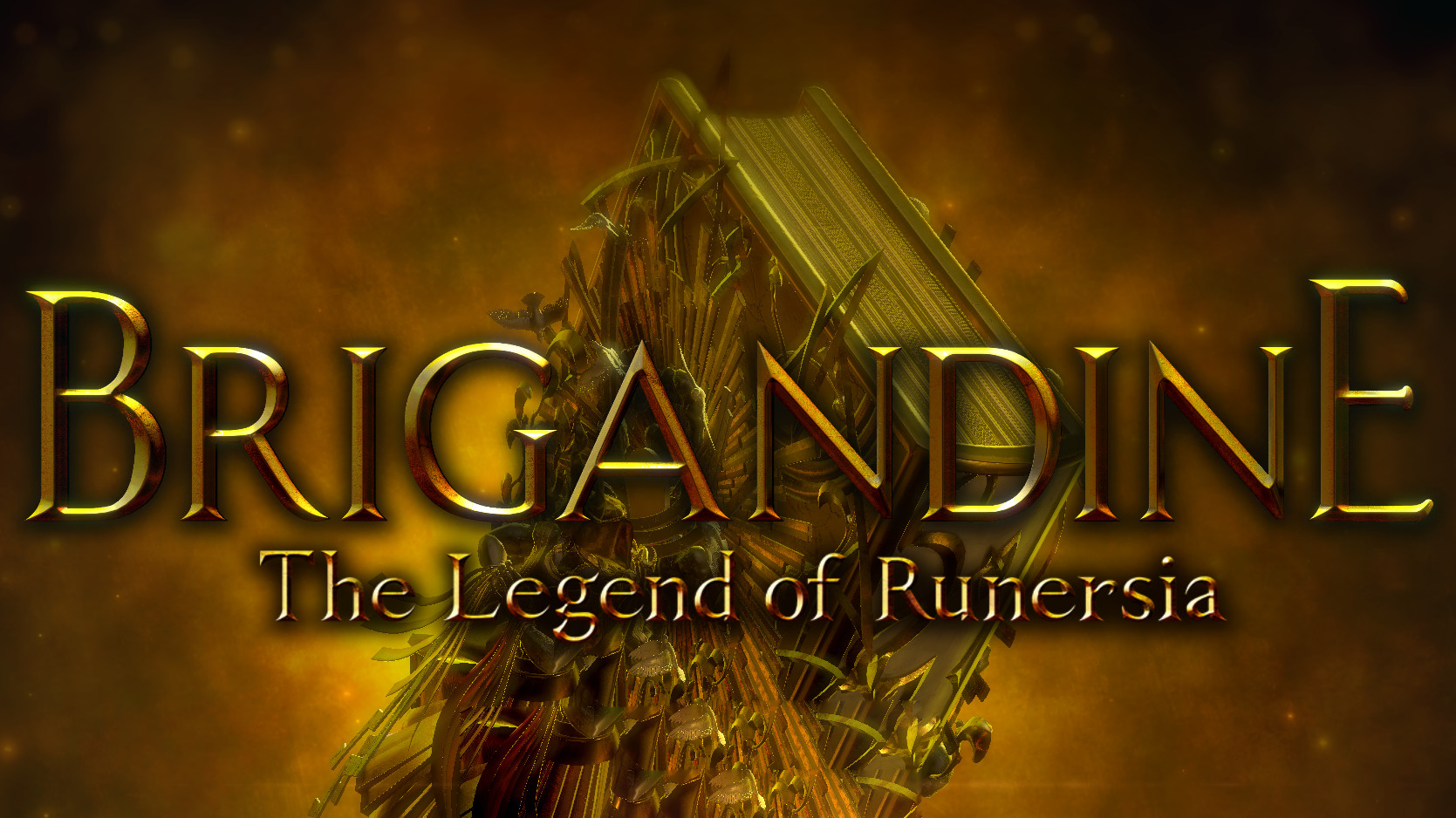



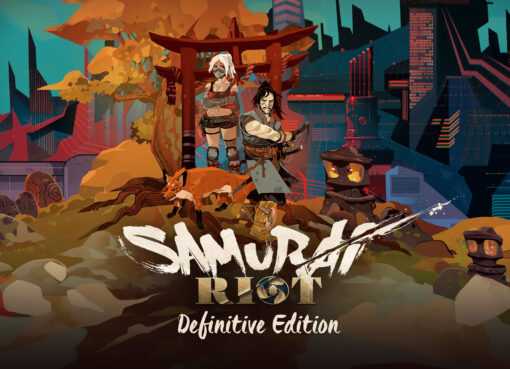
Comment here